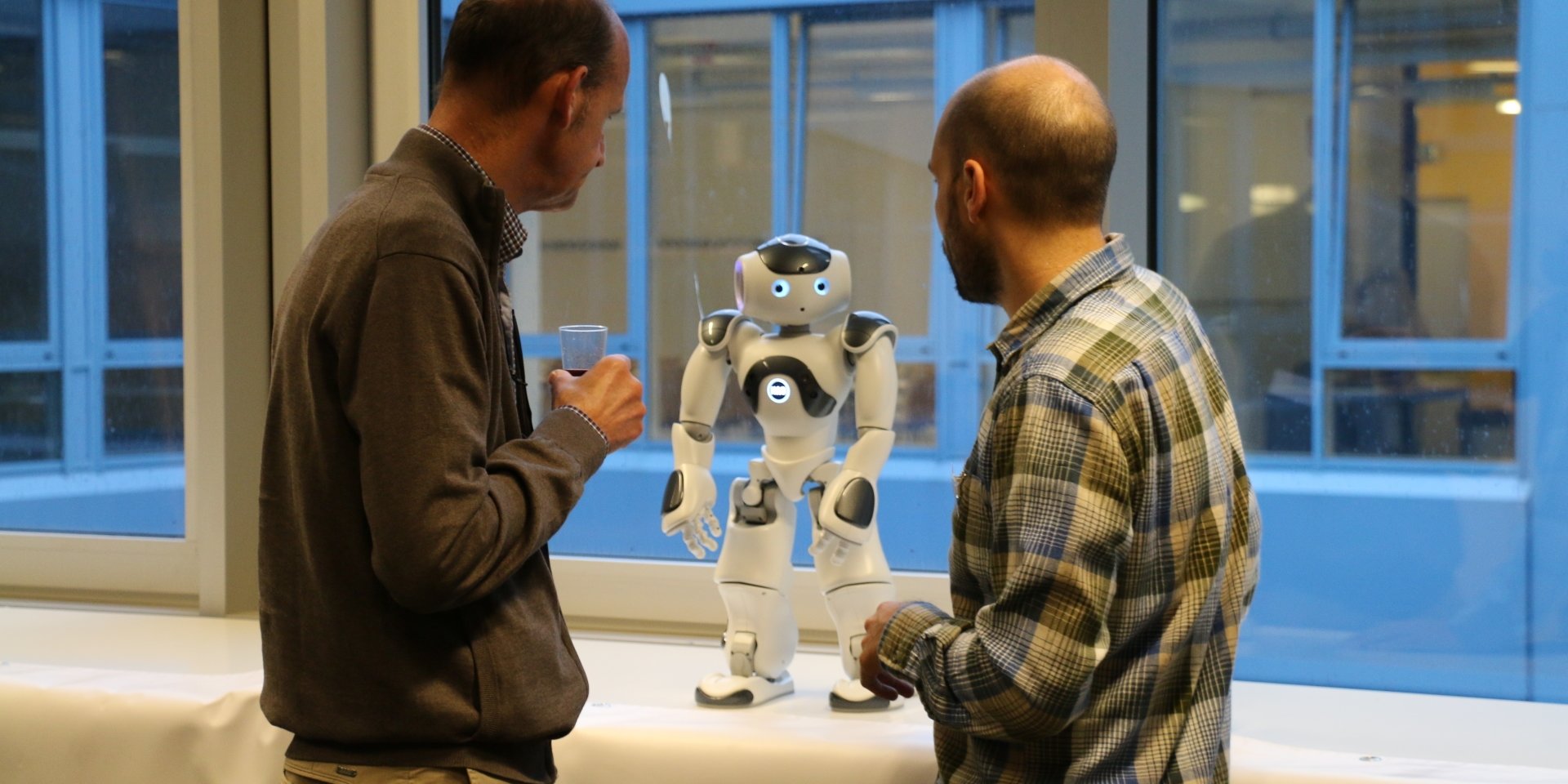ENSLAB

A virtual reality application on the HTC Vive helmet with Noitom's HI5 VR Gloves for students. By equipping themselves with these helmets and gloves, they are immersed in a hospital in order to prepare a blood sample tray by grabbing objects directly with their hands. The objective is to choose the right medical utensils to carry out a blood collection tray.

A virtual reality application on the HTC Vive headset for students. By putting on the helmet, they are immersed in a classroom to follow a history course. They will have to find a strategy to stay motivated and not be distracted.

These augmented reality cards developed for Android smartphones allow you to learn English vocabulary words. By scanning the cards with a smartphone, a 3D representation of the word appears in augmented reality on the card. It is also possible to listen to the pronunciation of the word using the "Play" button.

E-Memento VR is a virtual reality application developed on HTC Vive allows to compare the memorization of capitals / countries in two immersive environments. The first environment is based on 3D elements and the second is based on 360 ° images. The goal is to memorize the maximum of capitals / countries.


Studies show us that students' attention time in class has fallen sharply in recent years. In this context, we have developed a virtual reality application on the HTC Vive headset for teachers. By putting on the helmet, they are immersed in a classroom filled with dissipated students. They will need to find a strategy to bring students' attention back to the course.

This application developed on HTC Vive allows to compare the perception of different objects in two immersive environments. An environment based on 360 ° videos and the other based on 3D elements. The goal is to identify as quickly as possible a series of objects.


VR/AR History is an augmented reality and virtual reality story class developed on the Microsoft Hololens helmet and HTC Vive helmet. The user takes a history class on the 3rd Crusade. He can move in an authentic reproduction of the Knights Krak and interact with the objects that are there.

2017 was marked by the rise of virtual and augmented reality helmets on the market. These helmets are used in several areas including education. In this context, we have developed an application to memorize the name of one or more people through the Microsoft augmented reality headset named Hololens. When the wearer of the helmet evokes the name of a person whom he wishes to memorize, a bubble indicating the name of this person appears above it.
Started in 2012 with the Sony SmartWatch, the connected watches market has diversified and now reaches all smartphone manufacturers. In 2016, many mobile and / or connected devices can be used to support learning in this context, we developed an application on the Apple Watch to improve its memorization.
When taking place for the first time behind the wheel, many learner drivers do not know where to start. APIM has chosen to illustrate this typical situation with virtual reality, a technology that can immerse a user in an alternative world. Mainly used for video games, virtual reality could greatly help in learning various tasks such as, for example, driving.
Thus, a virtual reality practical case in which the user stands inside a car has been developed. The user places the Google Cardboard headset in front of his eyes. Thanks to the voice instructions he receives, he can then become familiar with the vehicle controls as well as simulate starting the car and backing out from a parking space.
In the middle of tertiary education, many students have textbooks, become almost mandatory for graduation. However, by their form and content, these supports do not adapt to each student. To counter this, we have developed an application on Google Glasses offering features that enhance textbooks and can adapt to a user's profile while keeping the format of the textbook.